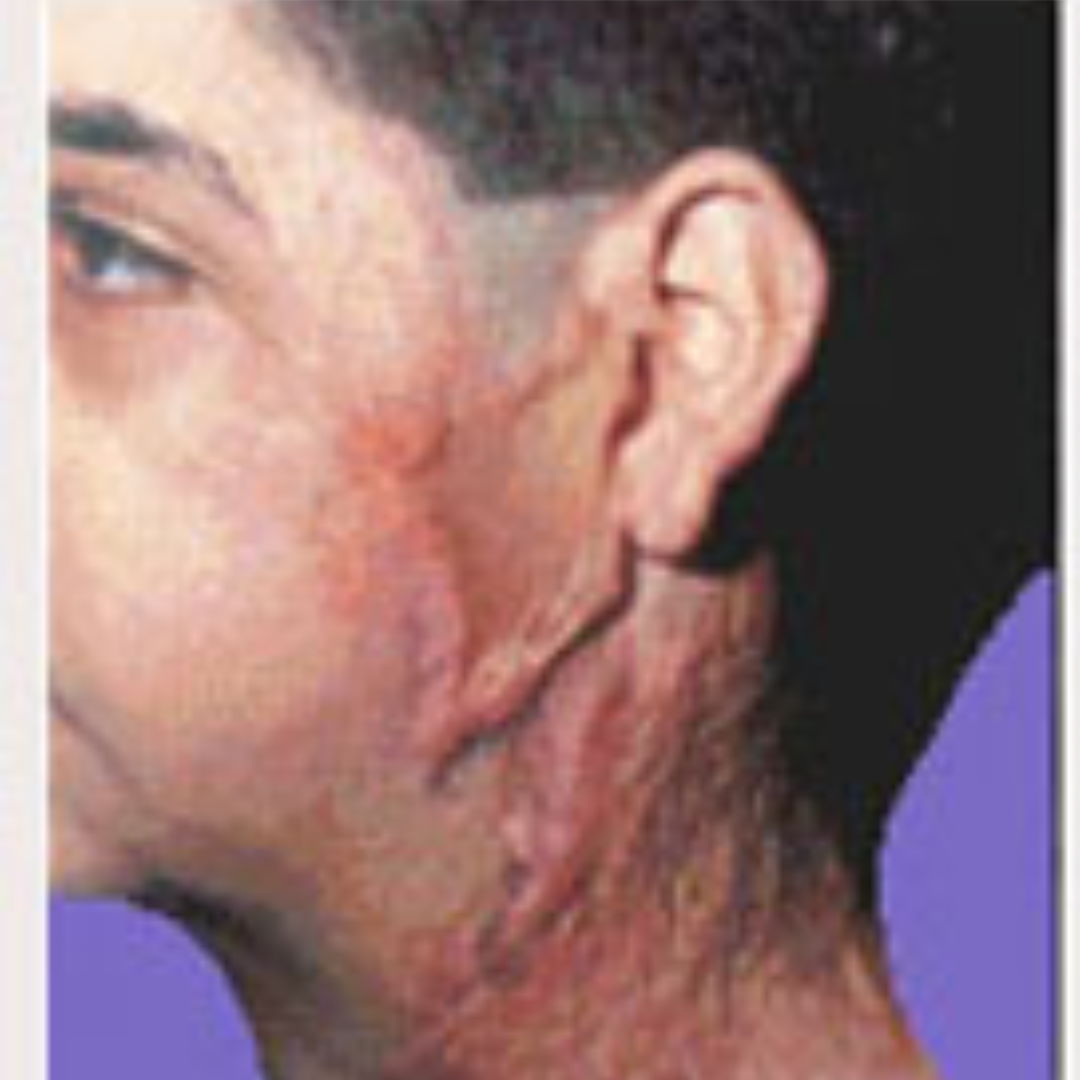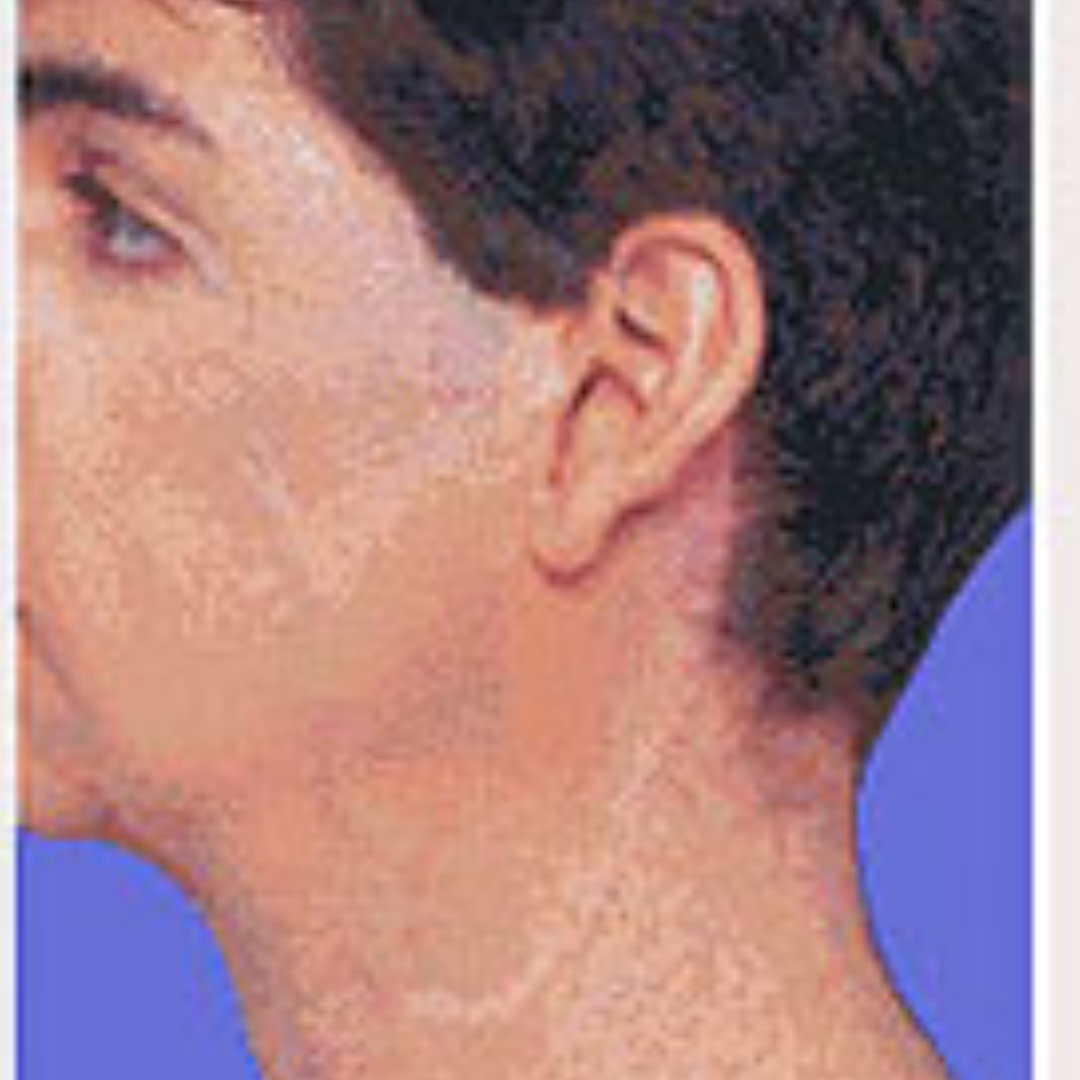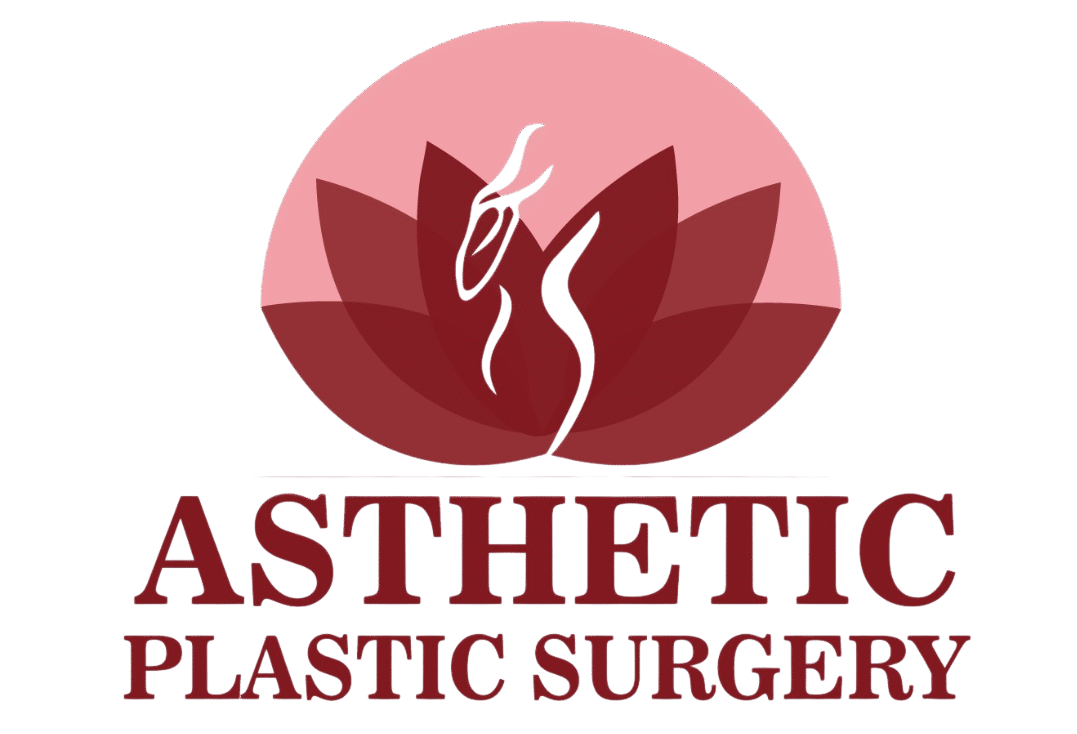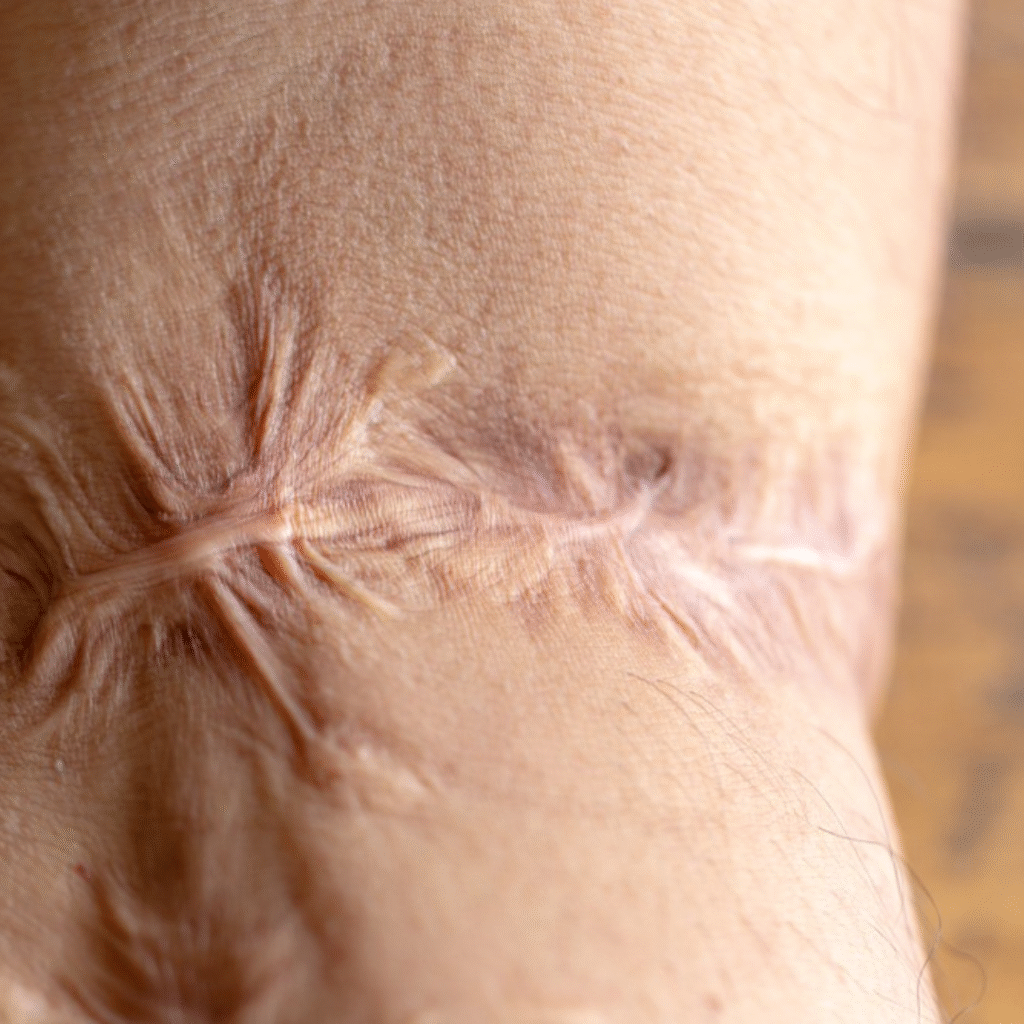Post-Burn Deformity
Confidence Begins with Expert Care
Satisfied Patients
Year of Experience
Satisfied Patient
Awards
What is Post Burn Deformity?
Post burn deformity refers to the physical disfigurement or functional limitations that occur after severe burn injuries have healed. These deformities can affect the skin, muscles, tendons, and joints, leading to tight, thickened scars, restricted movement, and aesthetic concerns. They often require surgical correction and rehabilitation to restore appearance and mobility.
What causes it:
- Deep burns: Injuries that damage multiple skin layers and underlying tissues.
- Delayed wound healing: Infections or poor care that prolong healing and increase scarring.
- Improper initial treatment: Lack of splinting, grafting, or therapy after burns.
Scar contracture: Tightening of skin due to excessive scar tissue formation.
Symptoms:
- Tight, thick, or raised scars
- Limited joint or limb movement
- Abnormal posture or joint positioning
- Pain or discomfort in the affected area
- Uneven skin texture or pigmentation
- Cosmetic disfigurement
Complete Process
Evaluation & Scar Assessment
We examine the severity of scars, the functional limitations, and the patient’s medical history. Imaging may be used for deep tissue evaluation.
Surgical Planning
Contracture release surgery , Skin grafting using healthy skin from other areas , Flap reconstruction (local, regional, or free flaps).
Wound Management
We perform surgeries using precision techniques to minimize scarring and maximize function. Post-op wound care and dressings ensure optimal healing.
Rehabilitation & Scar Management
Post-surgical physiotherapy, splinting, and pressure therapy help prevent recurrence of contractures and improve long-term results.
Post Burn Deformity
Why Choose Us for Post Burn Deformity?
Experienced team in complex burn reconstruction
Custom surgical solutions for both functional and cosmetic goals
Child-friendly care for pediatric burn deformities
Integration of microsurgery, grafts, and flaps
In-house therapy support for full recovery
Empathetic approach — we rebuild lives, not just skin


Need Help?
Patient Care Tips After Treatment
- Follow splinting and exercise routine
- Keep the graft/flap area clean
- Use moisturizers and silicone sheets
- Avoid sun exposure on healing scars
- Stay committed to physiotherapy
- Attend regular follow-up for scar monitoring
Get In Touch!
We Would Love to Hear from You!
If you’re suffering from a post burn deformity and seeking expert, personalized treatment, contact us today for a private consultation.
+91-98765-43210 +91-98765-43210
contact@astheticplasticsurgery.com info@astheticplasticsurgery.com
Asthetic Plastic Surgery 2nd Floor, Wellness Plaza South Extension, New Delhi – 110049
Testimonials
Hear directly from our patients as they share their personal journeys—how expert care, advanced procedures, and compassionate support helped them regain confidence and improve their quality of life. These testimonials reflect the transformative impact of our work and the dedication we bring to every patient’s experience.
"After suffering burns on my right hand in a kitchen fire, I struggled with everyday tasks. The surgery gave me back my grip, mobility, and confidence. I’m now back to writing, cooking, and living life normally!"
Explore Our Latest Blogs
Discover insightful articles covering treatments, recovery tips, real patient experiences, and the latest advancements in medical care. Whether you’re exploring your options or seeking to better understand a condition, our blogs offer reliable information and compassionate guidance to support you every step of the way.
FAQ
Frequently Asked Questions
Not always. Mild deformities may improve with physiotherapy, splinting, or pressure garments. However, moderate to severe contractures, restricted movement, or cosmetic concerns usually require surgical intervention.
Generally, surgery is recommended after the burn wounds have completely healed and the scars have matured — usually after 6–12 months. However, urgent cases like severe contractures may need earlier intervention.
Common procedures include contracture release, skin grafting, flap surgeries, and Z-plasty. The choice depends on the extent, location, and nature of the deformity.
While surgery significantly improves function and appearance, complete restoration may not always be possible. Multiple procedures and rehabilitation may be needed for the best outcome.
Recovery varies depending on the type of surgery and the individual. Most patients can resume light activity in 2–4 weeks, but full recovery—including physiotherapy—may take a few months.
Yes, we understand surgery can be a significant investment. We offer flexible payment plans and financing options to make your transformation more accessible.

